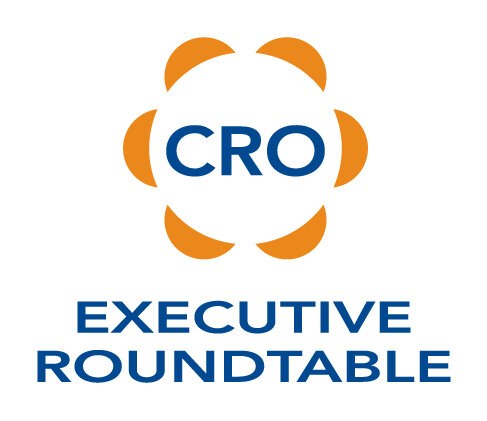We’re quickly approaching the end of Q2 and the midpoint of the year. Obviously your forecast is probably front and center now as you start to get an accurate view of what your 2019 revenue will be.
Or are you still unsure of what this year will hold? No matter what your sales cycle time is, you can (and should) have a “bankable forecast.” What we are talking about is forecast accuracy. Do you trust your current forecast? Many of the CRO’s we talk to do not trust what their sales team report on the forecast. Yet, it doesn’t have to be this way. If your forecast is unreliable today, you are missing one important piece - accountability.
Accountability in the forecast comes down to using a system for determining how qualified a prospect truly is. Our system incorporates four elements from our 5 M’s Process. Salespeople in our system have to identify, through the prospect’s words, their Motivation, Money, Methodology and Market for our solution. We call these items the Four Aces. Once your salesperson has the Four Aces qualified, you have a qualified prospect worthy of a projected closing date on the forecast.
Here are the Four Aces defined:
Motivation - your Differentiating Value (DV) has traction in the prospect’s world motivating them to learn more about your solution
Money - delivering a strong DV to the emotional decision maker with compelling consequences will lessen (eliminate) their objection to your cost
Methodology - understanding how the prospect’s company makes decisions, including their methodology, priorities, and the relative weight of those priorities
Market - there is competition in almost every deal so your salespeople need to know how well your DV fits with the prospect’s objectives and if their is another solution that is a potentially better fit
Incorporating the Four Aces into your forecasting process will instantly bring accountability into the sales team. A fully-forecasted deal has to have these criteria qualified through the prospect’s words (not the salesperson’s speculation). We’ve seen this transformation first hand - it does not take long. There is still time to impact your 2019 revenue by implementing a bankable forecast today.






